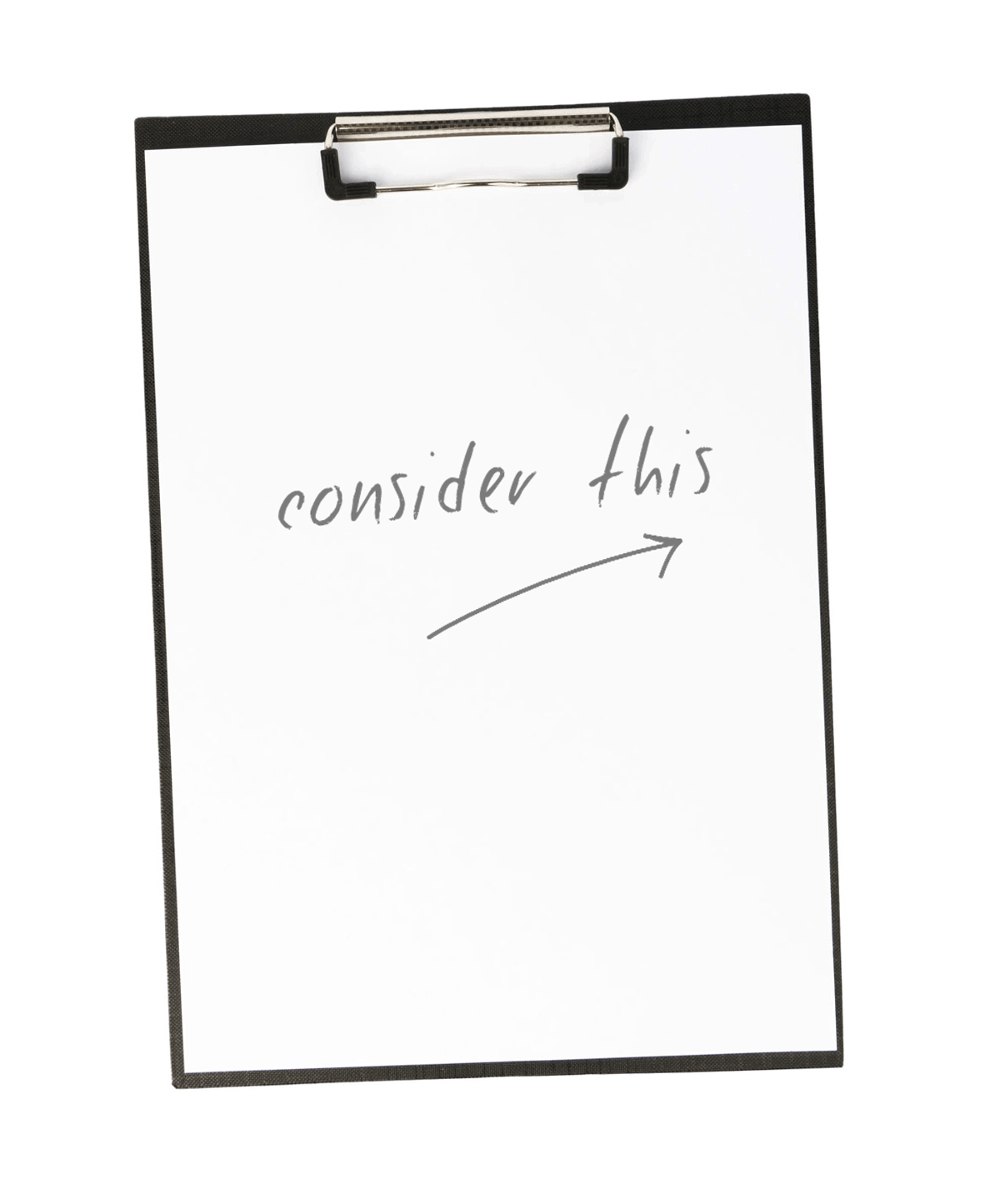
Why would someone need an IME?
The most common cases where an IME would be requested are:
1.
Workers’ compensation claims
2.
Personal injury cases
3.
Nursing home negligence claims
4.
Liability injury situations
5.
Disability claims
6.
Environmental hazard claims

What is an Independent Medical Examination?
What if I told you that a doctor could see you for 15 minutes, and their report will save the L&I Department or self-insured employer 15% off or more of your claim? No, this is not a medical visit for GEICO insurance; this doctor is an Independent Medical Examiner (IME). They are hired guns by the Department of L&I or your self insured employer and they’re looking to save a lot more than 15%. A more technical description of an IME is an evaluation done by a third party medical professional who is supposed to issue an impartial evaluation on things like the injury, its relatedness to your work, further necessary treatment, and your ability to work in relation to that injury or occupational disease.

Things to consider prior to your IME
First, it’s valuable to know that most IMEs are all but independent. They are doctors hired by the insurer (Labor & Industries or a self-insured employer) to make decisions about your claim. They are not hired to treat you. Every report states that the IME is not your treating physician, nor are the opinions within the paperwork to form a patient-doctor relationship.
The questions they will ask are not created by you but by L&I. Most doctors do several of these IMEs a day. One such doctor testified to performing over 500 a year and nets $192,500 yearly doing these examinations on the side. Now, how independent do you think these evaluators are when they’re making nearly $200,000 a year on a side-hustle, all of which is being paid by the insurer?
Should I skip my IME?
Given the information above, you may be considering skipping out on your IME. But should you? There are far too many moving parts to answer this question with a single answer, but be aware that if you skip an IME, you may be hit with a no-show fee, a non-cooperation letter, and a suspension of benefits. If you have an upcoming IME and want to discuss your options, we highly recommend contacting a legal professional focusing on workers’ comp and/or injury law.
I have to have an IME.
What do I need to know?
Sometimes an Independent Medical Examination is unavoidable. If this is the case for you, our advice is to be honest and complete with the examiner. Tell the truth during the exam, but only answer the questions asked. Don’t spend time trying to self-diagnose or talk about anything outside the scope of your injury. Do be specific when describing your pain and limitations, ie: it hurts here, and it’s a stabbing pain more than an ache, or burning, numb, stinging, etc. Also talk about what makes it worse as well as what can make it better. The more specific you are about your symptoms, the harder it should be for the IME physician to disregard what you say.
- Taking pain medication before an IME
- Review your medical records
- Communicate with your examiner
- Bring an observer to your exam
Taking pain medication before an IME
We understand the temptation but do not take any pain medication before your exam, including ibuprofen, Tylenol, or Aleve (unless specifically directed to do so by YOUR doctor). Further, be as active as your attending physician has approved you to be for the two days prior to your examination. This doesn’t mean go run a marathon if you haven’t been cleared to do so, but doing activities your doctor has said are within your restrictions is a good idea. This will ensure that the IME sees you in your true state, not your rested and medicated state.
Review your medical records
Log onto the Department of Labor and Industry’s online portal and review your medical records as the IME may be dictating that they went over your records with you. Be ready to correct anything that you hear that is false, but do it respectfully.
Communicate with your examiner
As we mentioned above, it is highly important to be specific during your exam. Specificity is the key to getting the best outcome from an IME. Avoid saying things like, “doc, my back hurts.” Instead, demonstrate and point to the source of the pain. Then add to the gesture by saying something like, “my back hurts right here,” and “the pain starts here and moves out to here,” all while using your finger to show what you are saying. Seems obvious but it’s important, and is often overlooked out of frustration or the feeling that you aren’t being given enough time to accurately and adequately describe what you’re experiencing.
Also, be sure to tell the doctor what makes your pain worse and how you can calm the pain down once the pain gets bad. The more specific you can be and with the best illustrations, the better. This will force the examiner to pay more attention which might result in a better, more honest report.
Bring an observer to your exam
Our last piece of advice during your exam is to bring someone with you if allowed. This may not be an option in every exam, but if it is not explicitly written that you cannot do so, bring someone. This should be a person you know and trust so that they can observe what happened at the appointment. Why? If the report says you did something and you did not, you have your own witness to disagree. There are professional nurse and provider services that can accompany you for an even better witness.
- Taking pain medication before an IME
- Review your medical records
- Communicate with your examiner
- Bring an observer to your exam
Taking pain medication before an IME
We understand the temptation but do not take any pain medication before your exam, including ibuprofen, Tylenol, or Aleve (unless specifically directed to do so by YOUR doctor). Further, be as active as your attending physician has approved you to be for the two days prior to your examination. This doesn’t mean go run a marathon if you haven’t been cleared to do so, but doing activities your doctor has said are within your restrictions is a good idea. This will ensure that the IME sees you in your true state, not your rested and medicated state.
Review your medical records
Log onto the Department of Labor and Industry’s online portal and review your medical records as the IME may be dictating that they went over your records with you. Be ready to correct anything that you hear that is false, but do it respectfully.
Communicate with your examiner
As we mentioned above, it is highly important to be specific during your exam. Specificity is the key to getting the best outcome from an IME. Avoid saying things like, “doc, my back hurts.” Instead, demonstrate and point to the source of the pain. Then add to the gesture by saying something like, “my back hurts right here,” and “the pain starts here and moves out to here,” all while using your finger to show what you are saying. Seems obvious but it’s important, and is often overlooked out of frustration or the feeling that you aren’t being given enough time to accurately and adequately describe what you’re experiencing.
Also, be sure to tell the doctor what makes your pain worse and how you can calm the pain down once the pain gets bad. The more specific you can be and with the best illustrations, the better. This will force the examiner to pay more attention which might result in a better, more honest eport.
Bring an observer to your exam
Our last piece of advice during your exam is to bring someone with you if allowed. This may not be an option in every exam, but if it is not explicitly written that you cannot do so, bring someone. This should be a person you know and trust so that they can observe what happened at the appointment. Why? If the report says you did something and you did not, you have your own witness to disagree. There are professional nurse and provider services that can accompany you for an even better witness.


Independent Medical
Examination FAQs
How long does an IME report take?
Thirty days is the maximum amount of time you should have to wait for results, but the claim manager/adjuster may ask for an addendum which can add to that time.
In Washington state, how long do I have to file a workers’ compensation claim?
One year for an injury claim, or two years from the first time a doctor tells you that the conditions or your job or work environment have caused a medical condition.
Who requests that you have an IME?
The Department of Labor and Industries or the insurer.
How long does an IME take?
The appointment will usually take between ten and thirty minutes.
Washington workers’ comp
and personal injury
At Carlisle + Byers, we advocate for those dealing with work-related or personal injuries to give them the support, resources, and counsel they need to recover. If you have questions or want a qualified attorney to guide you during this process, call us at (509) 228-7011, or set up a free consultation online.



